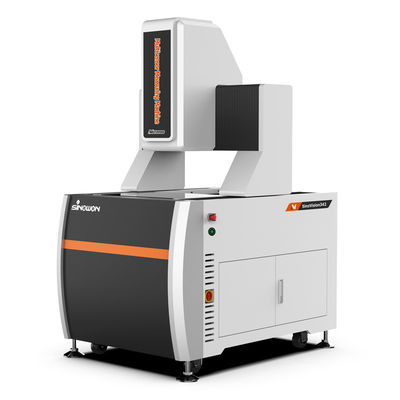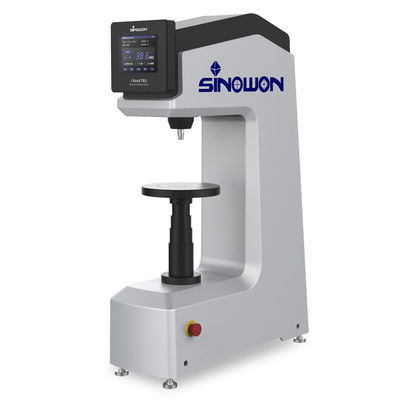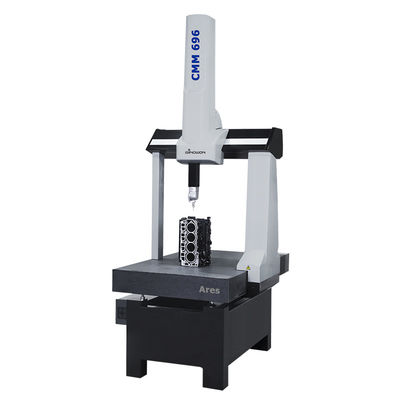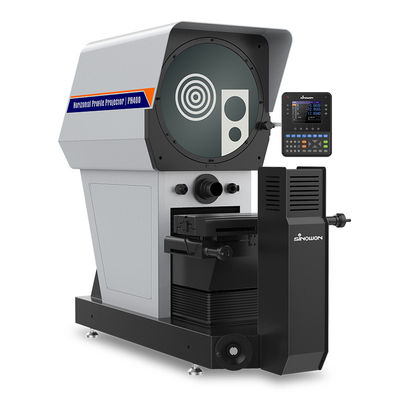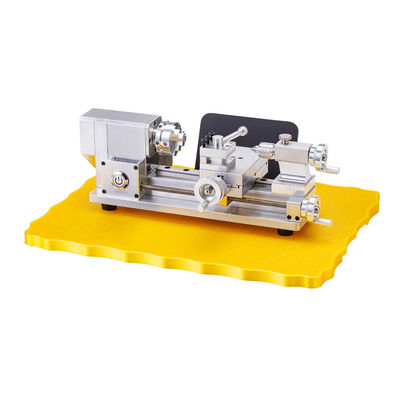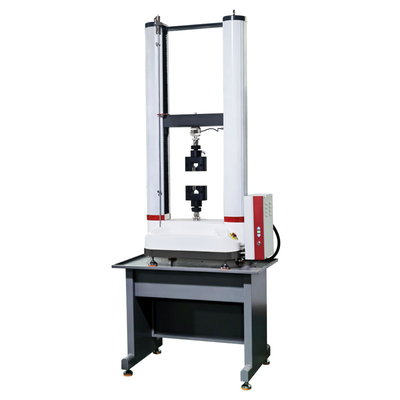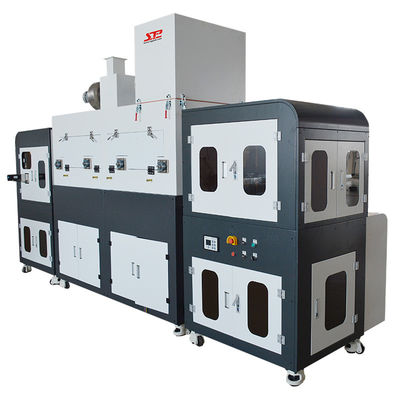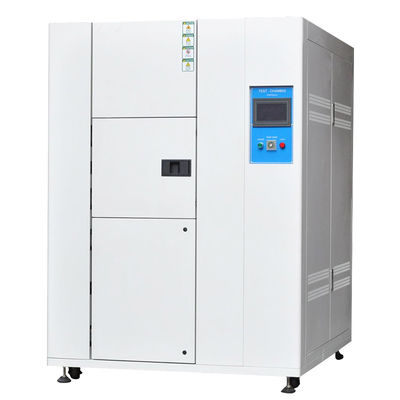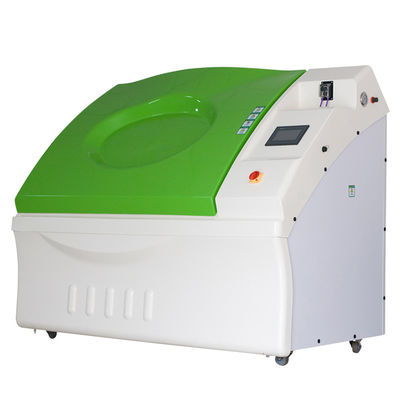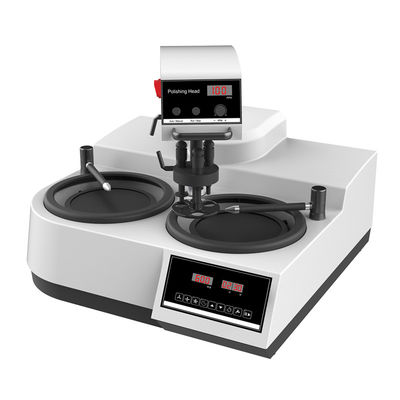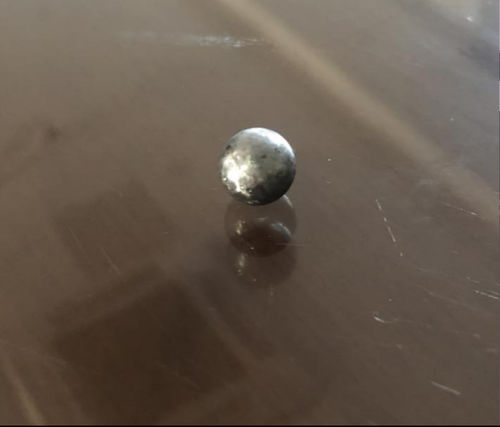Precision Ultrasonic Hardness Tester Steel Ball hardness Measurement Solutions
I. Test Specimens and Requirements:
Specimens: Steel ball (Figure 1)
Material: Steel
Steel ball size: 11mm
Requirements: The hardness of the steel ball product needs to be tested.

Fig.1 Physical drawing of the specimen
II. Challenges Faced by Clients:
The body of the traditional desktop Rockwell hardness tester is relatively heavy, generally used for laboratory measurement, the indentation is large after measurement, and the steel ball can no longer be used for goods, and can only be scrapped, so it is only suitable for random sampling destructive test hardness, and is not suitable for users to carry out large-scale hardness inspection of workpieces on site.
Vickers hardness tester is demanding on the operator, low efficiency, and is not suitable for customers to inspect high-volume products.
The portable Leeb hardness tester uses the Leeb impact principle to measure the hardness of the product, which has high requirements for the size and weight of the measured workpiece, and can only measure large and medium-sized workpieces (theoretical requirement of 5kg). It cannot measure special-shaped workpieces, small workpieces, thin workpieces (including electroplating, spray coating, nitride layer, etc.). Therefore, it cannot measure the hardness of steel balls with a Leeb hardness tester.
The customer's quality manager was facing the challenge of lack of testing equipment to fully check the hardness of workpieces and wanted to find an efficient, non-destructive hardness measurement solution.
III. Solutions:
Based on the customer's current challenges, we decided to use an ultrasonic hardness tester to measure the specimens.
The single measurement time of the ultrasonic hardness tester is about 4 seconds/time, which is more than 17 times higher than the measurement efficiency of the desktop Rockwell hardness tester and more than 40 times higher than the measurement efficiency of the desktop Vickers hardness tester.
The indentation diameter after measurement by the ultrasonic hardness tester is 0.026mm. The indentation diameter after measurement by the Rockwell hardness tester is 0.484 mm (see Figure 2 for the indentation). After measuring with ultrasonic hardness tester, it will not affect the user's subsequent assembly and use.
Sinowon Precision's ultrasonic hardness tester adopts a small load test force, which can measure the chrome hardness of the battery pole piece roll in batches without damaging the workpiece after calibration, so as to effectively ensure the production quality of the product.

Figure 2. Using Sinowon VM-500 high-definition microscope to magnify 412 times to observe the comparison of ultrasonic hardness measurement indentation and Rockwell hardness measurement indentation diameter
IV. Test Results:
We tested the hardness values of the specimens using micro hardness tester, Rockwell hardness and ultrasonic hardness tester respectively.
| Number of Tests |
1 |
2 |
3 |
4 |
5 |
Average Value |
Repeatability |
| Hardness Value |
197HV1 |
186HV1 |
178HV1 |
183HV1 |
185HV1 |
186HV1 |
19HV1 |
|
The Vicky MHV-1000 color touch screen digital microhardness tester was used to test the HV hardness value for 5 times.
Test force was 9.8N
|
| Number of Tests |
1 |
2 |
3 |
4 |
5 |
Average Value |
Repeatability |
| Hardness Value |
197HV1 |
186HV1 |
178HV1 |
183HV1 |
185HV1 |
186HV1 |
19HV1 |
| The SU-300H ultrasonic hardness tester was used to test the HV hardness value 5 times, and the test force was 9.8N |
| Number of Tests |
1 |
2 |
3 |
4 |
5 |
Average Value |
Repeatability |
| Hardness Value |
185HV1 |
192HV1 |
200HV1 |
198HV1 |
195HV1 |
194HV1 |
15HV1 |

V. Test Conclusions:
Through the above data analysis, the following conclusions are drawn:
The SU-300 ultrasonic hardness tester can fully check the hardness of steel ball specimens, and quickly screen out products that do not meet the hardness standard.
Ultrasonic hardness tester has the advantages of high speed, portability, and high accuracy. It can solve many irregularities, large workpieces, and workpieces that cannot be tested by a Benchtop hardness tester. It can be used for on-site hardness inspection of large quantities of finished workpieces, and there is no need to worry about the problem of product scrapping after hardness testing.
The ultrasonic hardness tester uses a small load test force to measure thinner workpieces that the Leeb hardness tester cannot measure, such as thin plates, thin-walled pipes, electroplating layers, spray coatings, nitriding surfaces, carburized surfaces, and other surface hardness. No visible indentations are left on the surface of the workpiece after the test. Therefore, it is ideal for high-end users who require no damage to the surface of the product, and can perform hardness measurement without damaging the finished product.
With SPC data processing software, it supports online data and historical data to receive statistics, visualized measurement data, intuitive icon display, can set upper and lower limits, highlight abnormalities, support saving and export reports, and test data can be traced.
Sinowon Precision SU-300 series ultrasonic hardness tester provides an efficient on-site hardness testing solution for modern industrial production. While improving the quality control of the enterprise, it reduces the loss of the enterprise and increases the profit of the enterprise.
VI. Brand Recommendations:
Dongguan Sinowon Precision Instrument Co., Ltd. is a high-tech enterprise, a national standard formulation enterprise for ultrasonic hardness testers, a leader in the ultrasonic hardness tester industry, and a leading enterprise in the export of ultrasonic hardness testers. With 300 dealer service outlets in China, it is the first brand for users to buy ultrasonic hardness testers.

 Your message must be between 20-3,000 characters!
Your message must be between 20-3,000 characters! Please check your E-mail!
Please check your E-mail!  Your message must be between 20-3,000 characters!
Your message must be between 20-3,000 characters! Please check your E-mail!
Please check your E-mail! 
